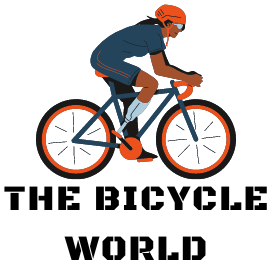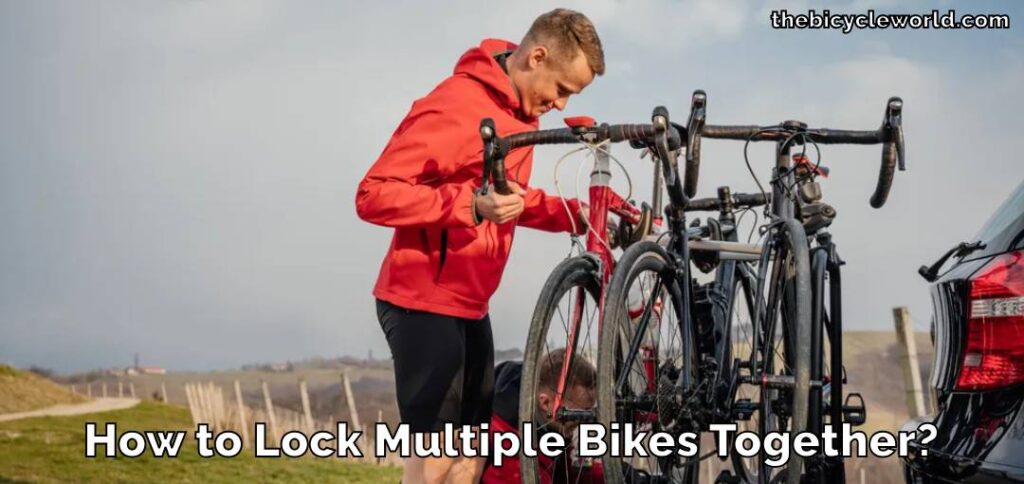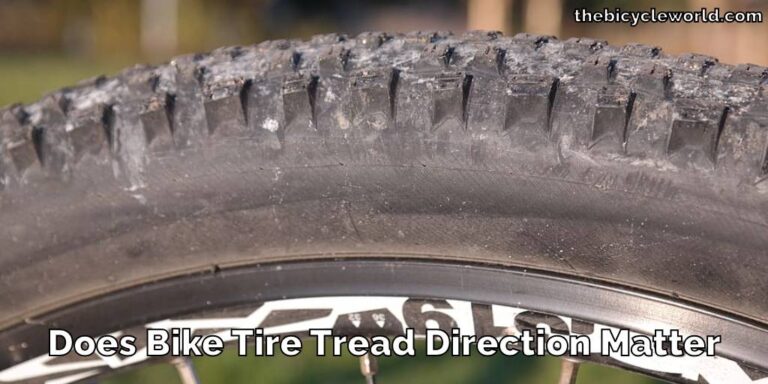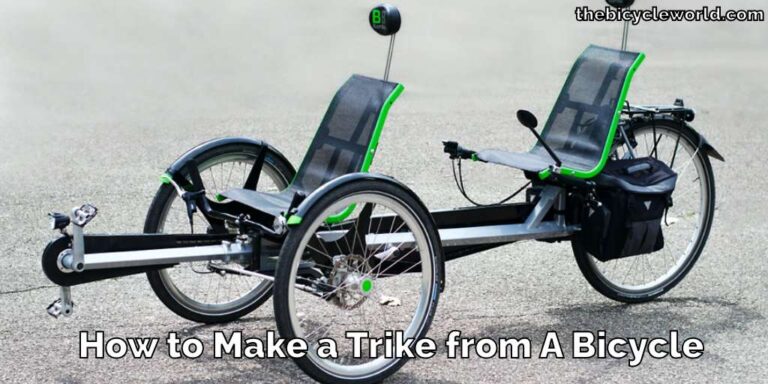Effect of Cycling on Body Shape
Welcome, friends! Today, let’s shed light on a topic close to many of our hearts and health – the effect of cycling on our body shape. It’s no secret that cycling, a simple yet powerful activity, holds the key to not just physical fitness but also to shape our bodies in ways many of us strive for.

Whether you’re a casual rider or a dedicated cyclist, the impact of this activity on your body is significant and worth understanding. So, let’s pedal into this Effect of Cycling on Body Shape journey together!
Does Cycling Change Body Shape?
When you cycle, you engage several muscle groups, the most obvious being the legs. The consistent pedaling action tones and strengthens the thighs, calves, and glutes. But it’s not just about the lower body. Your core and back muscles get a workout too, contributing to an overall toned appearance.
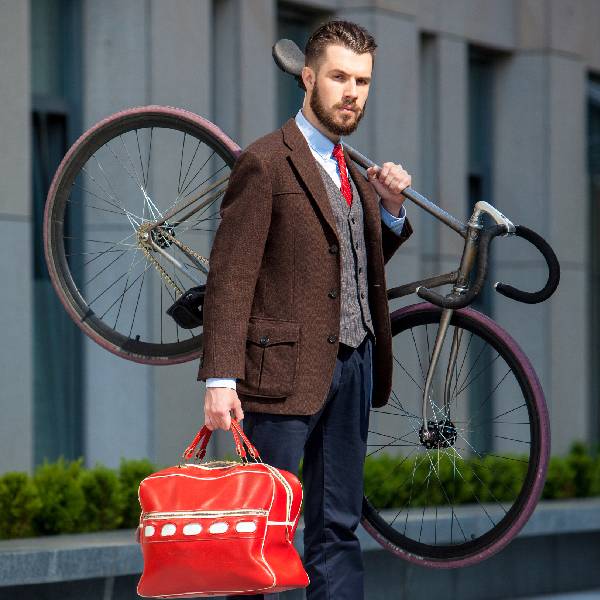
Cycling’s impact on body shape also depends on the intensity and duration of your rides. High-intensity cycling, like sprints or hill climbs, can lead to more muscle definition, especially in the legs. On the other hand, longer, steady rides are excellent for burning fat, which can lead to a leaner physique over time.
So, whether you’re aiming for stronger, more defined muscles or a slimmer, toned figure, cycling can meet those goals.
Effect of Cycling on Body Shape
Starting your cycling journey is about getting the right tools and knowledge in your kit. Choosing the right bike is like finding a new friend who’s going to be with you through thick and thin. Gear up with the essentials—helmet, gloves, and comfortable wear—to make your rides smooth and safe. Remember, every great journey begins with a single pedal stroke.
Step 1: Set Up for Success
Get the Right Gear: Start with a comfortable, well-fitted bike. Invest in a quality helmet for safety, and consider cycling gloves and padded shorts for extra comfort.
Check Your Bike: Ensure your bike is in top shape. Check the brakes, tires, and gears before each ride.
Step 2: Begin with a Plan
Start Slow: If you’re new to cycling, begin with shorter distances. Gradually increase your mileage as your fitness level improves.
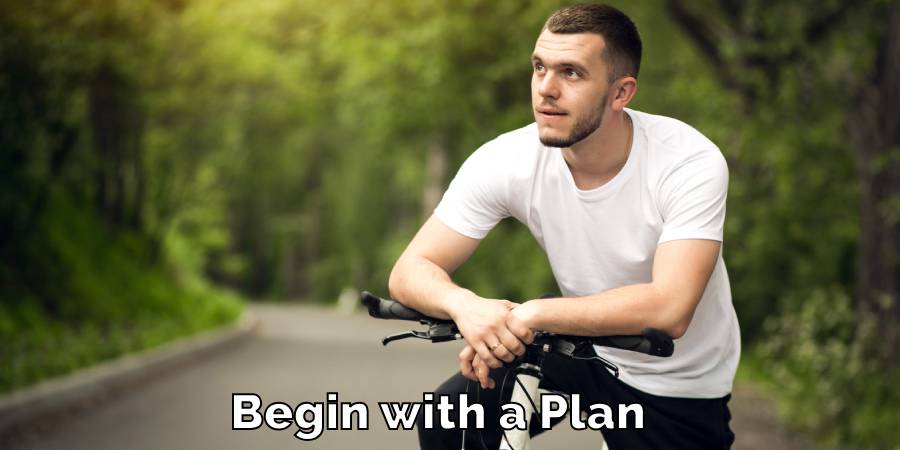
Incorporate Variety: Mix up your cycling routine with interval training, long-distance rides, and hill climbs to work different muscle groups and avoid boredom.
Step 3: Focus on Form and Fitness
Mind Your Muscles: Pay attention to your leg muscles, using them powerfully to pedal. Remember, regular cycling strengthens your legs, glutes, and core.
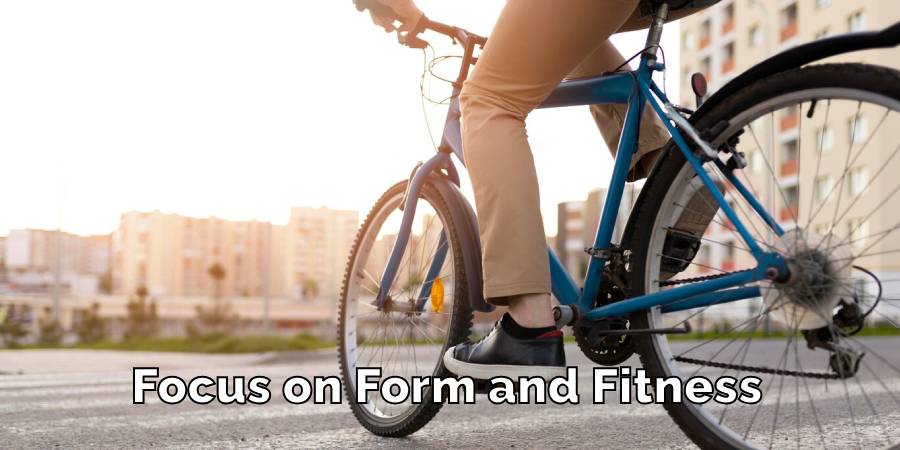
Upper Body Engagement: Keep a light grip on the handlebars and engage your core. This helps tone your arms and upper body.
Step 4: Prioritize Cardiovascular Health
Regular Cycling: Make cycling a part of your daily routine to boost your heart rate and cardiovascular fitness.
Monitor Intensity: Use heart rate zones to train efficiently. Pushing your heart rate into higher zones can improve your cardiovascular health and help with weight loss.
Step 5: The Mental Health Benefits
Enjoy the Ride: Let cycling be a stress reliever. Enjoy the scenery and the sensation of moving through the air.
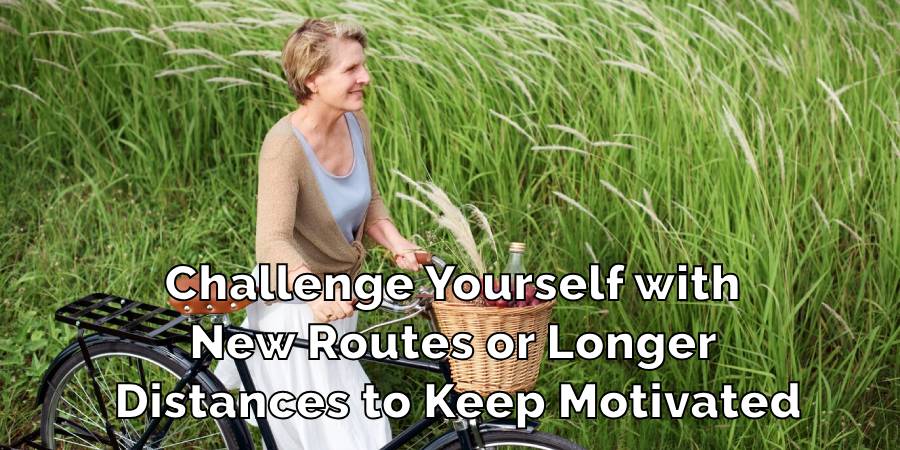
Set Goals: Challenge yourself with new routes or longer distances to keep motivated and experience the mood-boosting effects of achieving your goals.
Step 6: Enhance Your Cycling Performance
Cross-Train: Incorporate resistance and strength training into your routine to improve muscle mass and overall fitness.
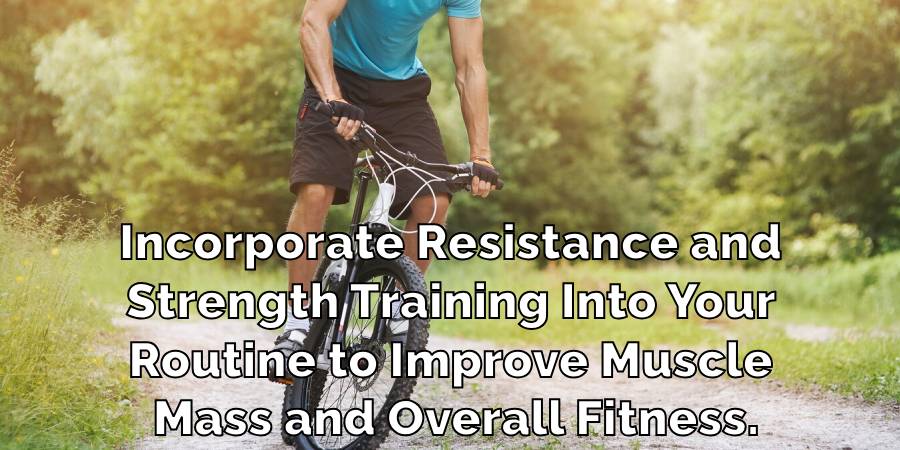
Rest and Recover: Allow adequate recovery time between intense rides to prevent injury and improve performance.
Step 7: Safety First
Wear a Helmet: Always wear a helmet to protect yourself in case of a fall.
Follow Traffic Laws: Be aware of your surroundings and follow the rules of the road to stay safe.
Step 8: Track Your Progress
Keep a Cycling Journal: Note down the details of each ride, including distance, time, and how you felt. This will help you see your improvement over time.
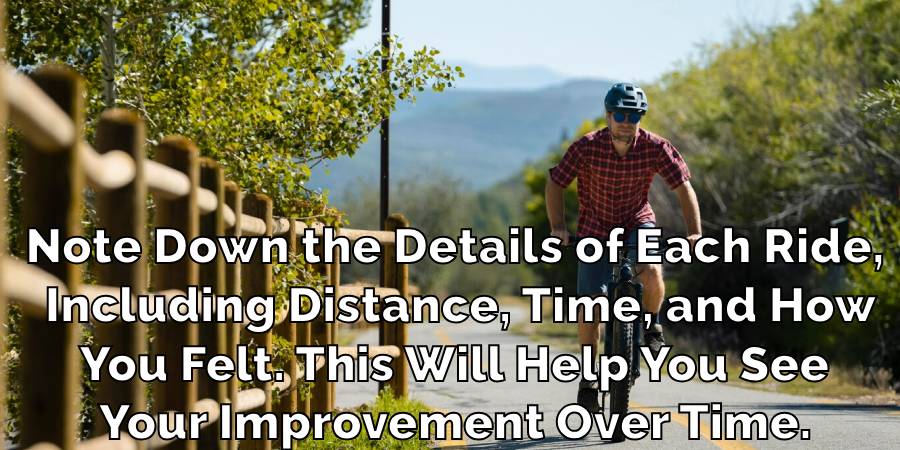
Listen to Your Body: Pay attention to how your body responds to cycling. Adjust your training plan as needed to avoid overtraining or injury.
Step 9: Join a Community
Find Cycling Buddies: Join a local cycling group or find friends who are also into cycling. It’s a great way to stay motivated and learn new tips.
Participate in Events: Look for local cycling events or charity rides. They can be fun goals to work towards and a way to meet more of the cycling community.
Step 10: Enjoy the Journey
Celebrate Your Achievements: Take time to appreciate the progress you’ve made, whether it’s improved fitness, weight loss, or just a better mood.
Keep Exploring: Cycling is a fantastic way to explore new places. Keep your rides interesting by new cycling routes and enjoy the outdoors.
By following these steps, you’re not just cycling you’re on a transformative journey that benefits your body, heart, and mind. Pedal on with joy and determination, and watch as the journey unfolds into a healthier, happier you.
Cycling’s Symphony of Muscles
When you hop on a bike, whether it’s hitting the road or spinning in a class, you’re not just moving you’re engaging in a complex activity that requires your body to work in unison, a bit like a well-rehearsed symphony.
Let’s start with how cycling puts this symphony into motion, focusing on the biomechanics. Imagine each pedal stroke as a note played in perfect time. This action isn’t just about your legs going round and round it’s a full-body effort. Your body leans, adjusts, and balances as you ride, calling on a variety of muscle groups to work together.
Now, onto the stars of our show: the muscles. The quads, hamstrings, glutes, and calf muscles are the main players, working tirelessly to propel you forward. Each pedal stroke engages these muscles in a sequence that’s like a dance.
The quads push down, the hamstrings and calves pull up, and the glutes provide power, especially when you’re climbing hills or sprinting. It’s a dynamic process that can lead to stronger, more defined muscles over time.
But here’s something you might not think about much: cycling also gives a workout to your upper body and core. Though it might seem like your legs are doing all the work, your upper body muscles, including your arms and shoulders, help stabilize you as you ride. Your core muscles, including your abs and back, act like the conductor, keeping everything balanced and in sync.
This engagement is especially noticeable when you’re riding over rough terrain or standing up on the pedals to climb a hill. These actions require a tight core to maintain balance and control, proving that cycling is more than just a leg workout – it’s a full-body exercise.
Cycling is a full-body symphony, with each part playing a crucial role in the overall performance. Whether you’re cycling to improve your fitness, commute, or enjoy the outdoors, you’re participating in a complex, beneficial activity that engages your entire body.
Myths vs. Reality: Body Shape Transformations
There’s a lot of talk out there about cycling and the fear of getting too “bulky,” especially among women. But let’s set the record straight: cycling is more likely to tone your muscles than to make them overly bulky.
The idea that hopping on your bike will suddenly turn you into a muscle-bound figure is a big misunderstanding. In reality, cycling is fantastic for building lean muscle, particularly in your lower body – think quads, hamstrings, and calves. This doesn’t mean you’ll bulk up like a bodybuilder. Instead, you’ll develop a more defined, strong, and endurance-oriented physique.
Speaking of endurance, there’s an interesting contrast between different types of cyclists. Endurance cyclists, those who ride long distances, often have a leaner build. Their bodies are fine-tuned for long, sustained efforts, not quick bursts of power.
On the flip side, sprint cyclists – the ones who race over short distances – do have more muscular builds, but that’s also because their training involves a lot more than just cycling. They spend significant time in the gym, lifting weights and specifically working to increase their muscle size and strength to give them that explosive power they need.
But what does this all look like in real life? Let’s talk about real people who’ve seen real changes thanks to cycling. There are countless stories out there, from folks who’ve turned to cycling as a way to get into shape, to those who’ve used it to challenge themselves and even change their lives.
One common thread in these stories is the surprise many people feel when they see just how transformative cycling can be – not just physically, but mentally and emotionally, too.
Whether it’s someone who’s shed weight they thought they’d never lose, someone who’s found a new sense of confidence and strength, or someone who’s simply a joy in moving their body and being outdoors, the testimonials about cycling are as varied as the people telling them.
So, when we talk about cycling and body shape, it’s important to move past the myths and get to the reality: cycling is a versatile, accessible way to build strength, endurance, and confidence. It shapes the body in ways that are as unique as the individuals who ride, proving time and again that it’s not just about the destination it’s about the journey.
Physical Benefits of Cycling
Let’s break down the journey into cycling and its myriad benefits for your body into clear, easy-to-follow steps:
Step 1: Kickstart Your Heart Health
Begin with Regular, Moderate Rides: Start cycling at a pace that gets your heart pumping but allows you to hold a conversation. This level of aerobic exercise is fantastic for improving your cardiovascular health.
Monitor Your Heart Rate: Keeping an eye on your heart rate can help you stay within a beneficial range, optimizing blood flow and lowering blood pressure over time.
Step 2: Joint Care and Comfort
Choose the Right Bike: Ensure your bike fits you properly to minimize strain on your joints. A good fit means less stress on your knees and hips.
Warm-Up Before Riding: Begin each cycling session with a gentle warm-up to prepare your joints, reducing the risk of injury.
Step 3: Build Muscular Strength and Endurance
Incrementally Increase Distance: Gradually extend the distance of your rides. This consistent physical activity promotes muscle growth, especially in your legs.
Incorporate Varied Terrain: Riding on different terrains challenges your muscles differently, contributing to overall leg strength and stamina.
Step 4: Upper Body Toning
Engage Your Core and Arms: While cycling, actively engage your core muscles and use your arms to steer and balance, which tones your upper body without heavy lifting.
Add Cross-Training: Include some resistance training on non-cycling days to further tone your upper body and enhance muscle growth.
Step 5: Manage Stress and Enhance Mood
Schedule Regular Outdoor Rides: The combination of physical exertion and being outdoors can significantly lower stress levels and improve your mood.
Set Achievable Goals: Creating and reaching cycling goals can provide a sense of accomplishment, further reducing stress and boosting your mood.
Step 6: Lower Body Fat and Maintain Natural Body Shapes
Adopt a Consistent Cycling Routine: Regular exercise through cycling helps in reducing body fat and maintaining natural body shapes, as it’s an effective form of cardiovascular exercise.
Combine Cycling with Healthy Eating: For optimal results in body fat reduction, pair your cycling routine with a balanced diet.
Step 7: Protect Against Cardiovascular Diseases
Increase Cycling Intensity Gradually: Over time, add more intense sessions to your routine to further boost your cardiovascular health and protect against diseases.
Stay Consistent: The key to reaping the health benefits of cycling, including reduced risk of cardiovascular diseases, is consistency.
Step 8: Track Progress and Adjust
Keep a Cycling Log: Document your rides, including distance, time, and how you felt. This will help you track your progress and adjust your goals as needed.
Listen to Your Body: Pay attention to how your body responds to your cycling routine. Adjust the intensity and duration accordingly to avoid overtraining and to keep improving.
By following these steps, you’re on your way to enjoying the myriad physical benefits that cycling has to offer. It’s a journey of improvement, not just for your heart, joints, and muscles, but for your overall well-being. So, gear up, pedal out, and let the good times roll!
Psychological Benefits of Cycling
Let’s chat about how cycling is not just a workout for your body but also a treat for your mind. It’s like a double bonus!
- Picture this: You’re on your bike, pedaling away, and suddenly, it’s like a weight lifting off your shoulders. That’s because cycling has this fantastic power to reduce stress, anxiety, and even those gloomy feelings of depression. It’s like a magic elixir for your brain.
- When you’re out there on your bike, it’s like you’ve got a ticket to freedom. The wind in your hair, the open road—it’s a feeling like no other. It’s like your worries are left behind, and you’re in the here and now.
- And here’s the science bit: when you cycle, your body releases these things called endorphins. They’re like your body’s own little happy-makers. So, it’s not just your legs doing the work it’s your brain feeling the joy too.
- But that’s not all. Cycling is like a journey where you set personal goals and conquer them. It’s like reaching for the stars and actually touching them. That sense of achievement is like a warm hug for your emotional well-being.
Cycling is not just about pedaling it’s about feeling free, getting those happy hormones flowing, and achieving those incredible milestones. So, next time you hop on your bike, know that you’re not just taking care of your body you’re giving your mind a beautiful gift. Happy cycling and happy minds, everyone!
Cycling Techniques and Body Shape
Let’s dive into the fun part – how you pedal can make a big difference in how your body shapes up. It’s like having secret techniques in your pocket!
Imagine this: You’re on your bike, ready to ride, and you’ve got options. Depending on how you ride, you can give different muscles a workout. It’s like choosing your own adventure.
So, here’s the deal: If you stand up on those pedals while cycling, it’s like giving your glutes (that’s your backside muscles) and quadriceps (those are your thigh muscles) a real workout. It’s like they’re doing push-ups and squats at the same time. You’ll feel the burn!
But what if you lean forward a bit and grip those handlebars like a pro? That’s like saying hello to your arm and core muscles. They get busy, trying to keep you steady, and that’s how you tone them up. It’s like a mini-arm workout while you ride.
Now, here’s the secret sauce – mixing things up! It’s like adding a twist to your favorite recipe. Try different riding styles, like standing up for a bit, then sitting down, and even going faster in intervals. This is called interval training, and it’s like a turbo boost for shaping your body.
It’s like you have the power to choose how you want your body to change. So, remember, when you’re cycling, you’re not just moving from one place to another you’re sculpting your body in your unique way. Happy pedaling, and have fun experimenting with those techniques!
Safety Tips for Cycling
Before we hit the road, let’s have a chat about something super important – your safety. It’s like putting on your superhero cape before you start your adventure!
First things first, imagine your helmet as your trusty sidekick. Every time you hop on your bike, make sure you wear it. It’s like your shield against any unexpected surprises on the road. Your helmet is your best buddy, so don’t forget it!
Next, let’s talk about playing by the rules. When you’re out there cycling, it’s like you’re a part of a big team, and the rules are like the playbook. Always follow the traffic rules, just like you’d follow the rules of your favorite game. It keeps everyone safe and happy.
Now, your bike – it’s your partner in this journey. Imagine your bike is like a loyal friend, always there for you. So, before you start riding, check if it’s in good shape. Are the tires pumped up? Do the brakes work smoothly? It’s like giving your buddy a high-five to make sure they’re ready for the adventure.
And here’s the golden rule: Staying safe is the key to enjoying cycling for a long time. It’s like having a treasure map for endless fun. When you’re safe, you can keep cycling consistently, and that’s when you’ll start noticing those fantastic changes in your body shape. So, gear up, follow the rules, and make sure your bike is in top form. With safety as your guide, every ride will be an amazing adventure!
FAQ’s
Does cycling make your waist smaller?
When you cycle regularly, it’s like giving your whole body a workout, and that includes your waist. It can contribute to losing fat, and as a result, your waist might get a bit smaller. But here’s the catch – you can’t choose where you lose that fat.
It’s like a magic trick your body decides where to shed those extra pounds. So, while cycling can help you on your journey to a slimmer waist, remember, it’s an all-over transformation, not a spot treatment.
Does cycling shape your thighs?
Yes, cycling is like a secret weapon for toning and strengthening your thigh muscles. When you pedal, your thighs get a fantastic workout. It’s like they’re lifting weights with each turn of the pedal. Over time, this can help shape and define your thighs. So, if you’re dreaming of strong, toned legs, cycling can be your best friend on that journey.
Does cycling increase hip size?
Cycling can build muscles around your hips, making them stronger and firmer. However, it doesn’t necessarily increase the size of your hips in a dramatic way. Think of it more like sculpting and toning the area rather than making it significantly larger.
Which body parts are affected by cycling?
When you pedal away, it primarily targets your lower body – your legs, hips, and those mighty glutes. They’re like the stars of the show, working hard with each pedal stroke. But that’s not all! Your core, back, and even your arms play a role too. They help you stay steady and powerful as you ride. It’s like a full-body workout in disguise.
What happens if you cycle every day?
When you cycle every day, it’s like giving your body a VIP pass to some incredible benefits. Your heart becomes stronger, your muscles get toned, and your endurance reaches new heights. It’s like leveling up in a video game but in real life! However, a word of wisdom – balance is key.
Make sure to mix in some rest days and try other activities too. It’s like having a well-rounded adventure, so you avoid overusing your cycling muscles.
Conclusion
Cycling is more than just a way to get from point A to B it’s a transformative activity that shapes not only our bodies but also our minds. Whether you’re cycling for leisure, commuting, or intense training, the benefits are undeniable.
It sculpts our physique, enhances our physical capabilities, and uplifts our spirits. Remember, the journey of a thousand miles begins with a single pedal stroke. So, grab your helmet, hop on your bike, and let the journey to a healthier, more sculpted you begin!
You may also read: How to Put on Bike Grips without Hairspray
How to Carry Bike on A Scooter?
The swift agility of a scooter with the pedal-powered pleasure of a bike isn’t just…
Where To Put Keys While Cycling?
Hey there, cyclists! Keys might seem like a simple thing, but listen up – keeping…
How to Lock Multiple Bikes Together?
Heading out with friends or family for a bike ride? Great idea! But let’s not…
How to Carry Boxes on A Bike?
Choosing your bike over a car is kind to the earth because you’re not causing…
How to Carry Musical Instruments on A Bike?
On a venture where the harmony of biking intertwines with the rhythm of music, I…
How to Carry a Yoga Mat on A Bike?
Mixing cycling with yoga offers a unique blend of benefits, including a heart-healthy warm-up from…
